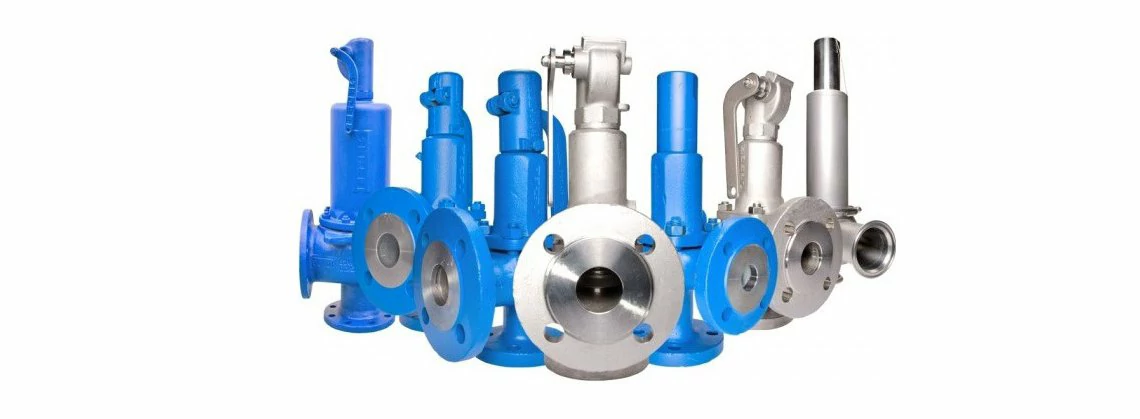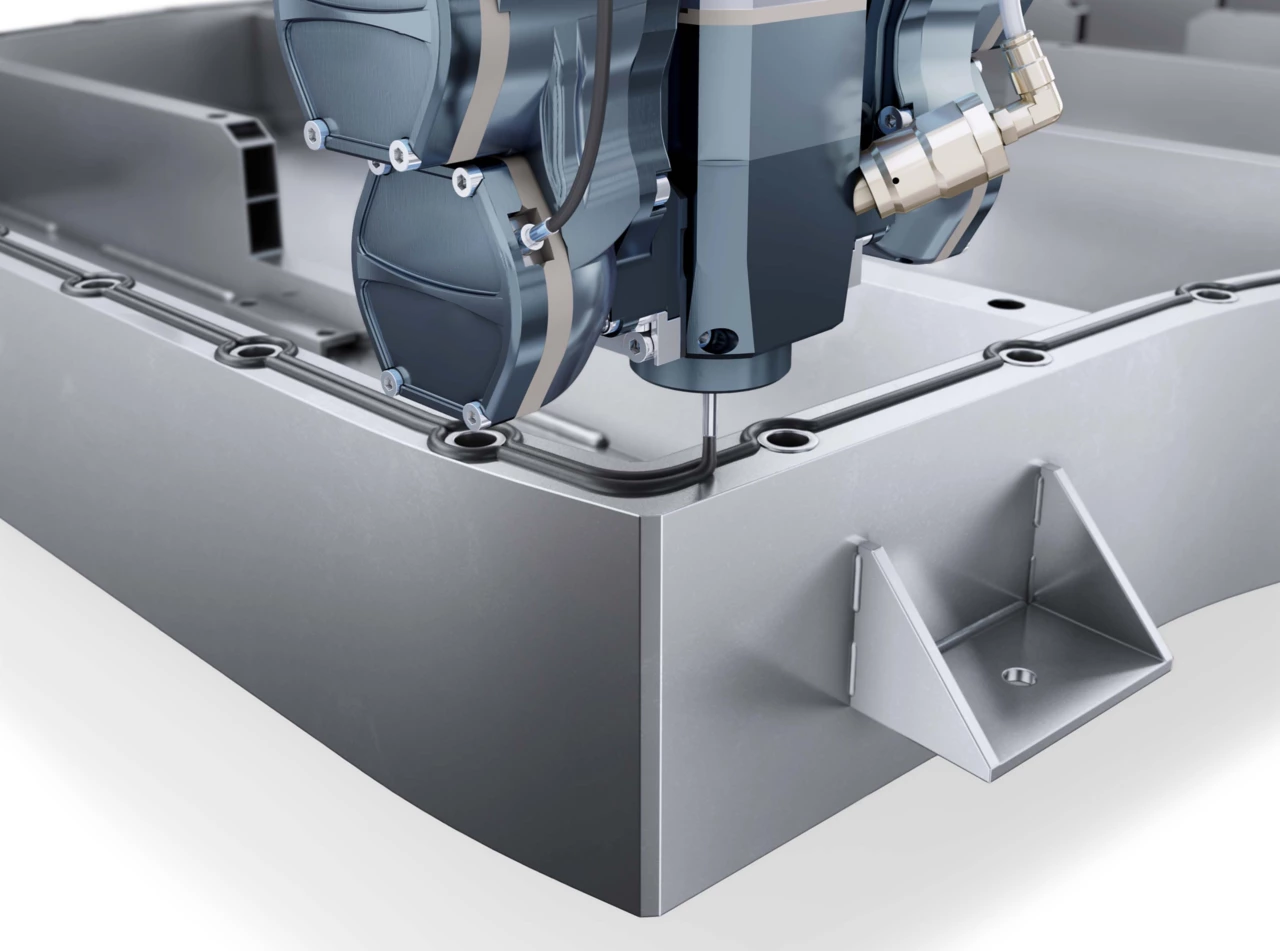Mechanical safety valve for the battery pack With the rapid...
Depth of Discharge (DOD) of battery pack
In the field of battery technology, the charge and discharge rate (C-rate) is an important parameter, which describes the ability of a battery to be charged or discharged per unit time. Understanding the charge and discharge rate is essential for users to effectively manage battery performance and application scenarios. In this paper, the definition, calculation method, influencing factors and importance in practical application of charge and discharge rate will be discussed in depth.
definition
The depth of Discharge (DOD) refers to the ratio between the current remaining charge of the battery and its rated capacity. In simple terms, DOD indicates how much the battery has been discharged. The DOD value is usually expressed as a percentage:
[\ text = {DOD} \ frac {\ text {discharge capacity}} {\ text {rated capacity}} \] times 100%
For example, if a battery has a rated capacity of 100Ah and a discharge capacity of 40Ah, its DOD is as follows.
[\text{DOD} = \frac{40Ah}{100Ah} \times 100% = 40%]
This means that the battery has discharged 40% of its capacity, while the remaining 60% of its power has not been used.
Calculation method of DOD
DOD calculation is extremely simple, only need to grasp the rated capacity of the battery and the actual discharge capacity. By monitoring the voltage and current of the battery, the current discharge depth can be calculated in real time. This monitoring is usually done through a Battery Management System (BMS) to ensure that the battery is in a safe and efficient state of use.
Influencing factors of discharge depth
DOD has a significant impact on the performance and life of batteries, mainly reflected in the following aspects:
Battery life: DOD is closely related to the cycle life of the battery. In general, shallower discharge depths (such as 30% DOD) significantly extend the battery lifetime, while deeper discharge depths (such as 80% DOD or deeper) may lead to rapid battery aging and performance degradation.
Energy loss: As the discharge depth increases, the internal resistance of the battery increases, and the energy loss also increases. This means that the time required for the battery to charge is extended after deep discharge.
Safety: Excessive discharge may cause irreversible damage to some batteries, especially lead-acid and Li-ion batteries. This damage may cause battery short circuit, thermal runaway and other safety hazards.
Capacity recovery: The ability of a battery to recover from a deep discharge state depends on its chemical properties and design, and some batteries may not fully recover their original capacity after a deep discharge.
Methods of managing DOD
Effective DOD management is essential to extend battery life and ensure safety. Here are some common management strategies:
Use a Battery Management System (BMS) : Modern battery management systems are able to monitor the status of the battery in real time, including voltage, temperature, and discharge depth. BMS can automatically adjust the charging and discharging process to avoid exceeding the recommended discharge depth.
Charging and discharging habits: In order to prolong battery life, it is recommended that users avoid discharging the battery depth to too low a level. In general, keeping the DOD between 20% and 50% is a more ideal choice.
Regular testing: Check and maintain the battery regularly to ensure that there is no physical damage or electrical performance degradation of the battery. By detecting the DOD of the battery, the usage strategy can be adjusted in time.
Know the battery type: Different battery types vary in their tolerance to DOD, for example, lithium-ion batteries can generally withstand higher DOD, while lead-acid batteries are recommended to avoid too deep discharge. Therefore, users need to be familiar with the characteristics of the battery used, and make a reasonable use plan according to its characteristics.
Conclusion
Depth of Discharge (DOD) is an important parameter for battery performance and management, which affects battery life, safety and energy efficiency. By properly managing DOD, users can significantly extend battery life, reduce maintenance costs, and ensure reliability in various application scenarios. As battery technology continues to advance, DOD's management and monitoring tools will become more intelligent, helping us use battery resources more efficiently. Understanding and mastering the concept of discharge depth is the key to achieving the best results for every battery user.

Home energy storage product series
A lithium battery pack for home energy storage systems, which is compatible with solar panels and the sun The inverter can work together with the power grid to power household appliances, and it can also be used as a For off grid systems.
Extended reading
Introduction of sealing material for joint parts of battery shell
Introduction of sealing material for joint parts of battery shell...
THE ESSC Brand promise
Global supply
Our products sell well all over the world, covering many countries and regions, through the global logistics network, to provide customers with convenient purchasing experience.
Rigorous quality
We adhere to the highest quality control standards to ensure every product meets industry regulations and customer expectations, earning trust through consistent excellence.
Excellent service
With a customer-centric approach, we provide prompt responses, professional support, and personalized services, aiming to deliver the best user experience and long-term value.


